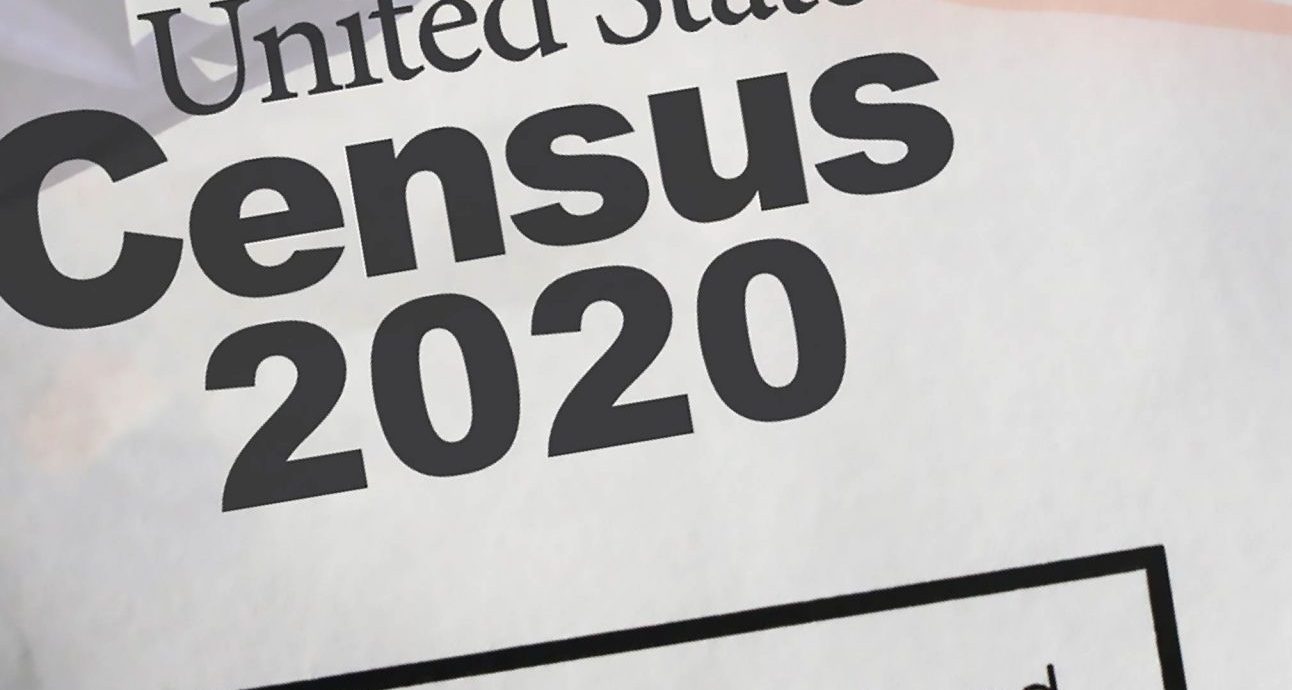Mark Mather
Associate Vice President, U.S. Programs

March 15, 2019
Associate Vice President, U.S. Programs
Contributing Senior Writer
The 2020 Census count began in January, kicking off a once-a-decade operation in which every household in the United States will be asked to answer a short series of questions that will influence policymaking and planning for the next decade.1
The U.S. Constitution mandates that a census be taken every 10 years to count all people—both citizens and noncitizens—living in the United States.2 Responding to the census is mandatory because getting a complete and accurate count of the population is critically important. An accurate count of the population serves as the basis for fair political representation and plays a vital role in many areas of public life.
Here are six key areas where the information collected in the 2020 Census will help drive policymaking and shape the future of the United States.
State population counts from the decennial census are used to reapportion seats in the U.S. House of Representatives. No state has permanent claim to their current number of assigned House seats. State population counts determine how the 435 seats are split across the 50 states based on each state’s share of the national total. After the 2020 Census, southern and western states are expected to gain seats—and political clout—at the expense of states in the Northeast and Midwest.3 The very first data from the 2020 Census will be apportionment population counts, affecting the size of state delegations for the 2022 U.S. House elections and state votes in the U.S. Electoral College for the 2024 presidential election.
State and local officials use decennial census results to help redraw congressional, state, and local district boundaries to contain roughly equal numbers of people to ensure each person’s voting power is closely equivalent (meeting the one-person, one-vote rule).
Census totals help determine the amount of funding that state governments and local communities receive from the federal government for the next decade. Census Bureau data were used to distribute more than $675 billion in federal funds to states and local communities for health, education, housing, and infrastructure programs during Fiscal Year 2015.4 Accurate census counts ensure that funding is equitably distributed for numerous programs such as Medicaid, highway planning and construction, special education grants to states, the National School Lunch Program, and Head Start.5
Data from the census inform a wide range of government, business, and nonprofit decisionmaking. Governments and nonprofit organizations rely on decennial census data to determine the need for new roads, hospitals, schools, and other public sector investments. Census data are also vital to businesses as a key source of information about the U.S. population’s changing needs.
Detailed population information is critical for emergency response in the wake of disasters. First responders and disaster recovery personnel use census data to help identify where and how much help is needed. Similarly, demographic details from the census assist epidemiologists and public health personnel in everything from tracking disease outbreaks, to combating the opioid epidemic, to improving child health.
Decennial census data provide a population base for dozens of federal surveys. The Census Bureau’s Population Estimates Program uses census data in combination with birth, death, and migration data to produce annual population and housing unit estimates. These estimates are then used as population controls for the American Community Survey, Current Population Survey, and many other federal surveys—so that the numbers of housing units and people in certain categories agree with the Census Bureau’s official estimates.
1The Census Bureau also has special procedures to count people living in group quarters like college dorms or nursing homes and those who are homeless.
2“The Constitution: Amendments 11-27,” National Archives, www.archives.gov/founding-docs/amendments-11-27#14.
3Mark Mather et al., “America’s Changing Population: What to Expect in the 2020 Census,” Population Bulletin 74, no. 1 (2019).
4Marisa Hotchkiss and Jessica Phelan, “Uses of Census Bureau Data in Federal Funds Distribution,” U.S. Census Bureau, 2020 Census Research, September 2017, www2.census.gov/programs-surveys/decennial/2020/program-management/working-papers/Uses-of-Census-Bureau-Data-in-Federal-Funds-Distribution.pdf.
5Andrew Reamer, “Counting for Dollars 2020: The Role of the Decennial Census in the Geographic Distribution of Federal Funds Initial Analysis,” The George Washington University Institute of Policy, Aug. 22, 2017, https://gwipp.gwu.edu/sites/g/files/zaxdzs2181/f/downloads/Counting%20for%20Dollars%202020%2008-22-17_0.pdf.
